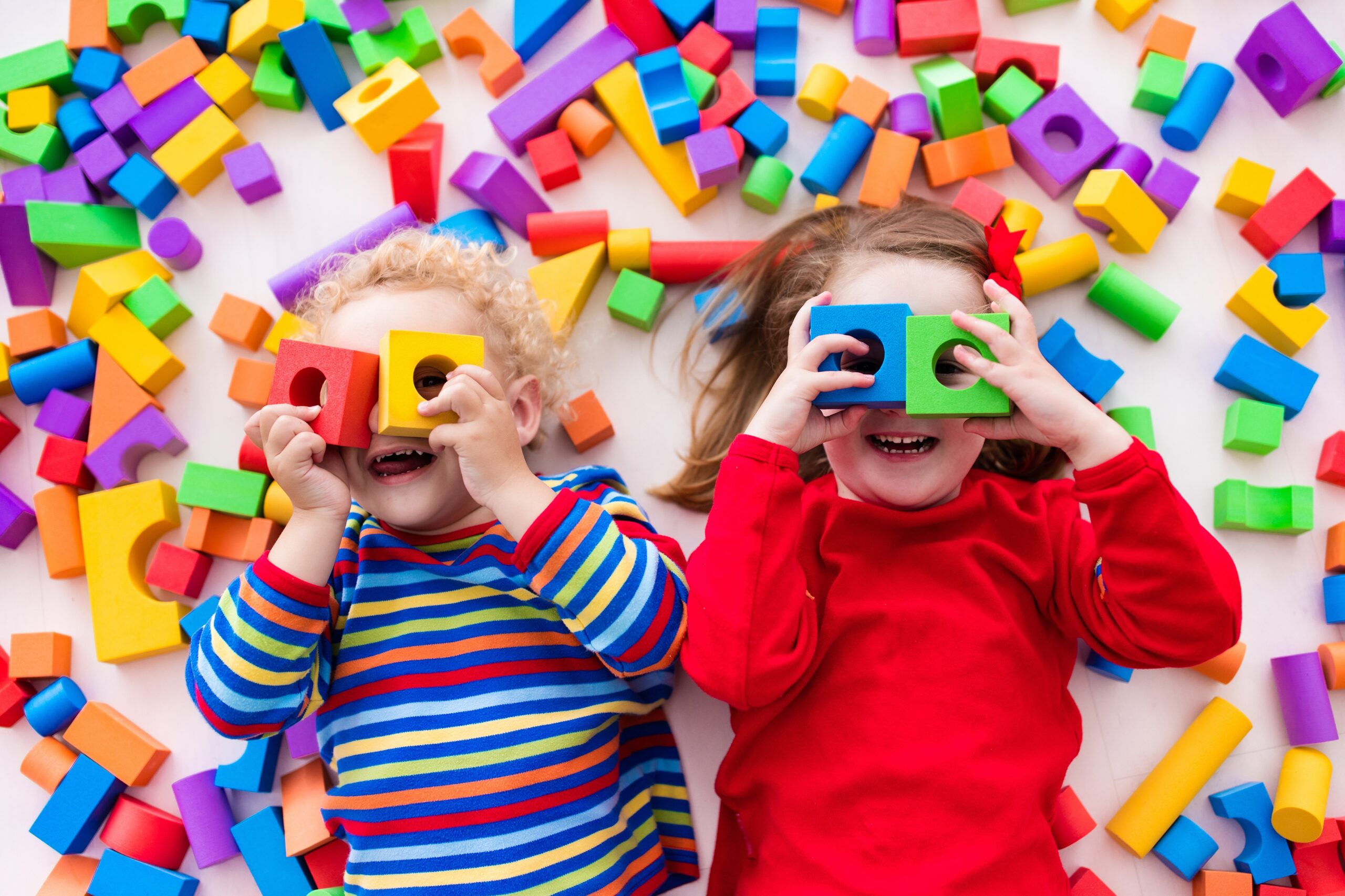Let Your Students’ Creativity Shine!
Did you know that children are born with a higher capacity for creativity and imagination than adults? According to a study conducted by NASA, out of the 1,600 school children (4-5-year-olds) tested on their ability to develop new and innovative solutions to problems, a full 98% of them fell into the genius category

It’s a fact that kids are creative geniuses when they arrive at our school doors, however, this creativity greatly diminishes over time. Perhaps this downward trend occurs because we encourage the safe, secure route in our educational system. Maybe it’s because we teach children to follow directions and to excel on standardized tests that only measure limited knowledge and skills.
So how can teachers help students find their inner creative genius? How can we create a learning environment that honors divergent rather than just convergent thinking? Below we outline 4 great action steps for tapping into your students’ innate ability to create, innovate and solve problems.
1. Evaluate. Ask yourself, how you can structure your classroom in a way that encourages creativity? First, take a look at the physical space. Are the walls and shelves filled with student-created work or do you have teacher-created anchor posters and store-bought decorations on display? Are desks arranged in neat rows or are workspaces organized to promote community and collaboration? One easy way to encourage creativity in your classroom is to celebrate and share the creative efforts of your students. Instead of pre-fab decor, display student artwork which gives students an opportunity to be immersed in the creative process and have a voice in how they’re represented in the classroom.
2. Plan. If we don’t plan creative activities in our classrooms, we’re likely to run out of time or relegate this important work to a specialist teacher. One easy way to make creative expression a priority is in your lesson planning. This great list of creative strategies provides a plethora of ideas to take your lessons to the next level. Make creativity a daily topic of discussion in your classroom. Explaining how our brains work and offering quick opportunities to practice creative thinking will act as a scaffold for students whose creative self-concept is lacking. Try incorporating sketch notes or quick writes into your daily routine for extra practice. For a more comprehensive learning experience, you can develop a Project Based Learning plan or set aside weekly time for creativity with Passion Projects.
3. Assess.
.png)
Many of the traditional assessment practices we implement actually stifle creative thinking. Rote learning, timed tests, and multiple choice questions only allow a singular method for students to show their thinking. Grades are typically determined by the teacher and there is often no chance for students to revise work based on teacher or peer feedback. Imagine the possibilities if we were to shift assessment to a more open-ended, student-centered process. Students would be encouraged to demonstrate creativity in their assessments. There would be a choice in how they provide evidence of learning and an opportunity to use feedback to improve. This new approach to assessment encourages creativity and places value on this type of thinking, while also communicating to students that creativity is important.
4. Model. Do you consider yourself creative? When is the last time you put your creative brain to work (aside from lesson planning and strategic seating charts)? Teachers who practice daily creativity such as modeling creative expression, play, and thinking, set the tone for students to follow suit, while also boosting positive emotions for themselves. Whatever “creative type” you are, go for it! Draw, play music, build furniture, or sing. Then, share stories and examples of the creative process with your students. Not only will they be inspired, but the act of sharing your passion will help you to build stronger relationships with students.

The Seven Types of Creative Teachers
As educators, we have an important role to play in the creative development of our students. We can either nurture and expand the innate creative thinking our students bring to our classrooms or we can neglect and suppress this ability. So go ahead, get out the paints and start planning your next creative activity! You’ll boost your mood and help your students retain and expand their creative genius!






